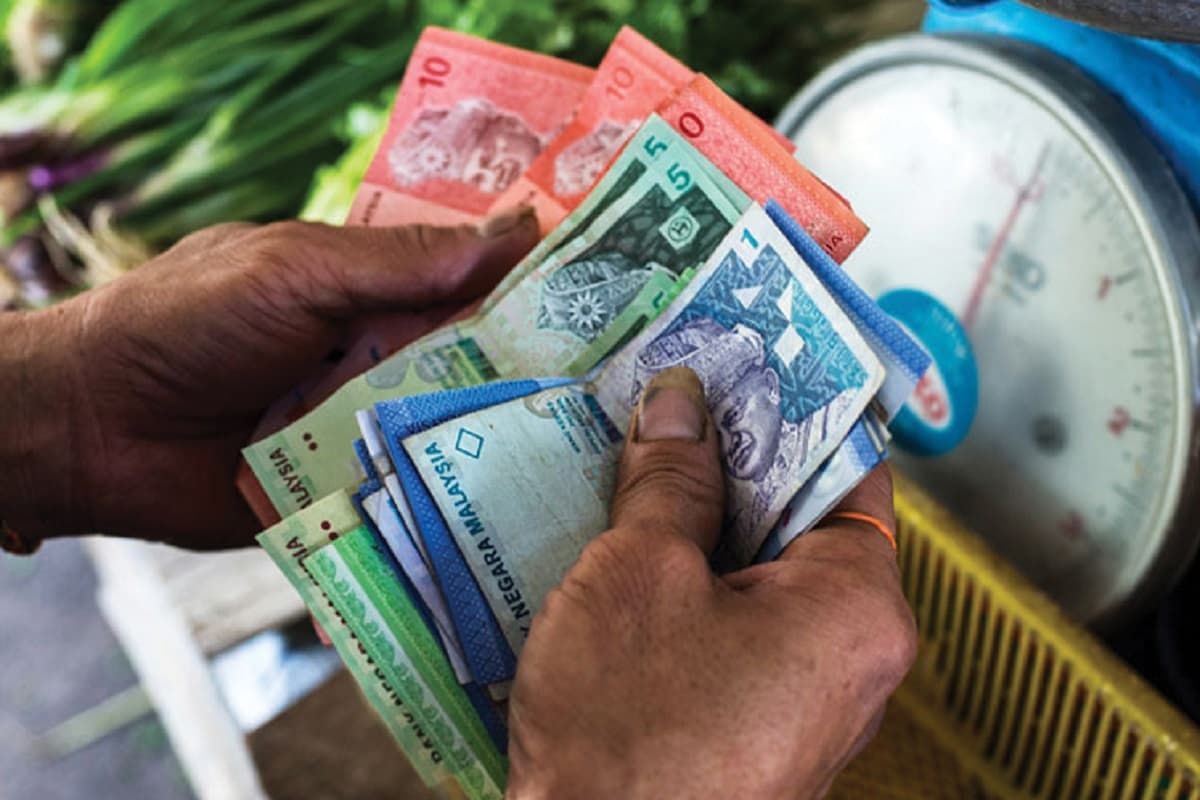
KUALA LUMPUR (Sept 28): The 12th Malaysia Plan's (12MP) target of raising Malaysia’s average monthly household income to RM10,065 by 2025 will depend on the execution of those plans, according to the World Bank.
This takes into consideration that more than 600,000 middle-income households saw their incomes fall below the bottom-40 income threshold of about RM4,800 in 2020, the World Bank lead economist Apurva Sanghi said at the bank’s October 2021 East Asia and Pacific Fall virtual media briefing on Tuesday.
World Bank country manager for Malaysia Yasuhiko Matsuda said Malaysia’s ability to achieve the goal of raised household incomes by 2025 or later will have much to do with reversing Covid-19’s furthering of inequality to put the nation back on a high growth path.
“I wouldn’t insist on whether the particular target or figure is achievable or not. It is, rather, about the direction and kind of policies which the country needs to take,” he said.
World Bank’s latest Macro Poverty Outlook report estimated Malaysia’s poverty rate to have increased from 5.6% in 2019 to 8.4% in 2020, revealing the largest increases in less-developed states such as Kelantan, Terengganu and Sabah.
It said the pandemic and prolonged movement restrictions attributed to the increase in unemployment and underemployment, disruptions in learning and unequal access to remote schooling, and rising mental health, especially among children and youth.
“Conditions in the labour market continue to remain soft. Although the unemployment rate has declined from its peak of 5.3% in May 2020, it remains elevated at 4.8% in June 2021.
“Preliminary findings from the World Bank Covid-19 household survey show that there was a churn in and out of employment, with 27% of working adults exiting and entering employment between March 2020 and April 2021. In addition, wage growth remains weak with private sector wages declining by 2.2% [quarter-on-quarter].
“The survey also found that two-thirds of Malaysian households drew from their savings and more than half received government assistance to cope with crisis-related shocks, while a significant share of lower-income households still did not receive any assistance, potentially due to exclusion errors.
“In contrast, many higher-income households reported receiving some form of assistance. This suggests scope for improvements in targeting and delivery of assistance to better reach those most in need,” it said.
Speaking on 12MP’s development expenditure of RM400 billion, which is a 61% increase from the 11MP’s sum of RM150 billion, Apurva said Malaysia had to look into improving its tax collection framework, revisiting its tax expenditure system and exploring other forms of taxation, including improving tax administration, to raise fiscal revenue.
“We need to separate the short term from the medium to long term. For the short term, it is clear that fiscal support is still needed for relief in order to recover from the current negative output gap and to support vulnerable populations, therefore, Malaysia needs to spend on these issues.
“However, there are savings on spending that could be made where ensuring better quality spending is concerned to reduce leakages and increasing efficiency,” he said, adding that the bank will launch a public expenditure review in 2022 in which it is working with the Malaysian government to explore the nation’s revenue expenditure and selection.